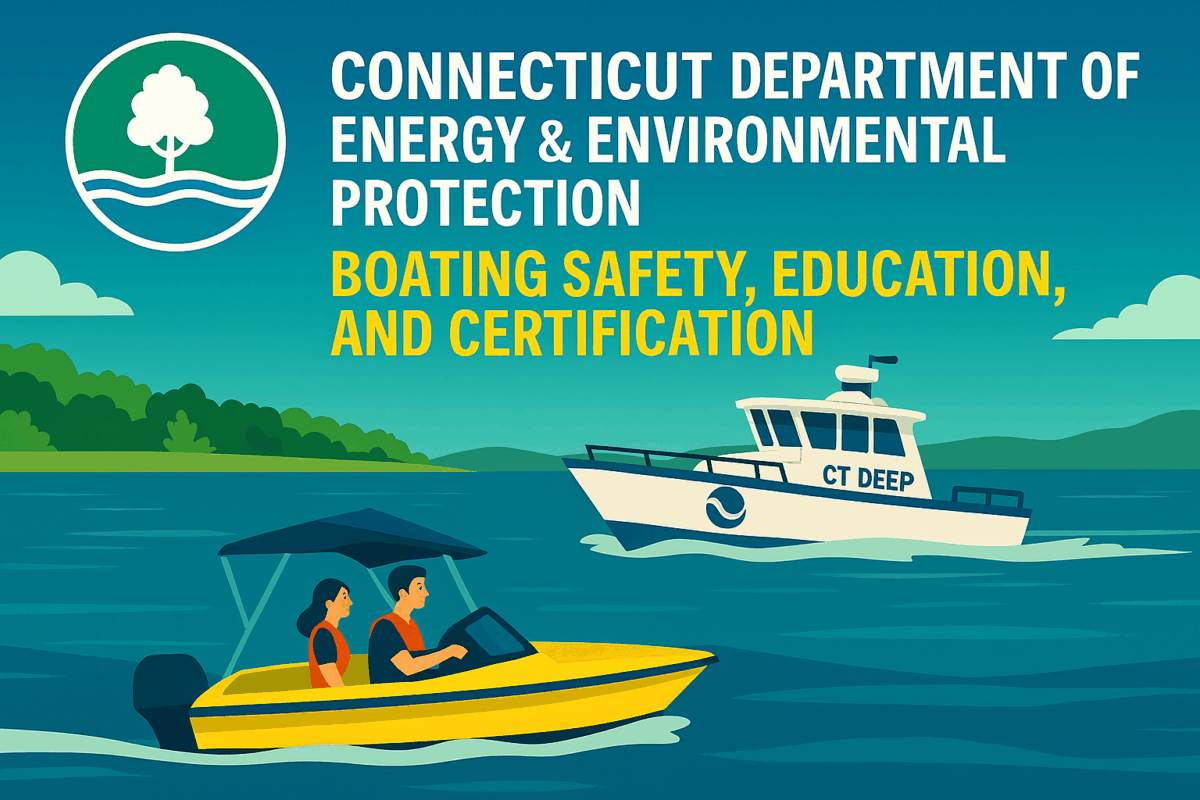Call: 1-800-832-7191

CT DEEP Rivers and Streams
CT DEEP Rivers and Streams Protect Connecticut’s Waterways
CT DEEP Rivers and Streams programs safeguard over 7,700 miles of flowing water across Connecticut. These efforts include water quality monitoring, stream flow regulation, and habitat protection. Because rivers and streams support wildlife, recreation, and drinking water, their health matters. CT DEEP uses science-based strategies to manage these resources. The agency also promotes public awareness and responsible use. Understanding these programs helps residents protect and enjoy Connecticut’s natural beauty.
Monitoring Water Quality Across the State
CT DEEP monitors rivers and streams to assess water quality and ecosystem health. Annual testing includes water chemistry, temperature, and biological indicators. These data help identify pollution sources and track long-term trends. CT DEEP uses targeted and probabilistic sampling to cover diverse watersheds. Because conditions vary, this approach ensures accurate statewide assessments. The agency also collaborates with local groups to expand monitoring efforts. These partnerships improve data collection and community engagement.
CT DEEP Rivers and Streams Flow Standards
Connecticut’s flow standards balance ecological needs with human use. These regulations ensure minimum stream flows for wildlife, recreation, and water supply. The agency classifies rivers by basin and sets release schedules for dams. Because stream flow affects habitat and water quality, regulation is essential. CT DEEP works with dam owners to implement these standards. The process includes reporting, planning, and compliance checks. These efforts protect aquatic life and maintain healthy ecosystems.
Supporting Recreation and Conservation
Our waterways offer excellent opportunities for paddling, fishing, and wildlife viewing. CT DEEP maintains access points and provides maps for public use. The agency also stocks trout and monitors cold-water habitats. Because recreation depends on clean water, conservation is key. CT DEEP encourages responsible boating and fishing practices. Educational programs teach residents how to reduce pollution and protect habitats. These initiatives support both enjoyment and stewardship of Connecticut’s waterways.
